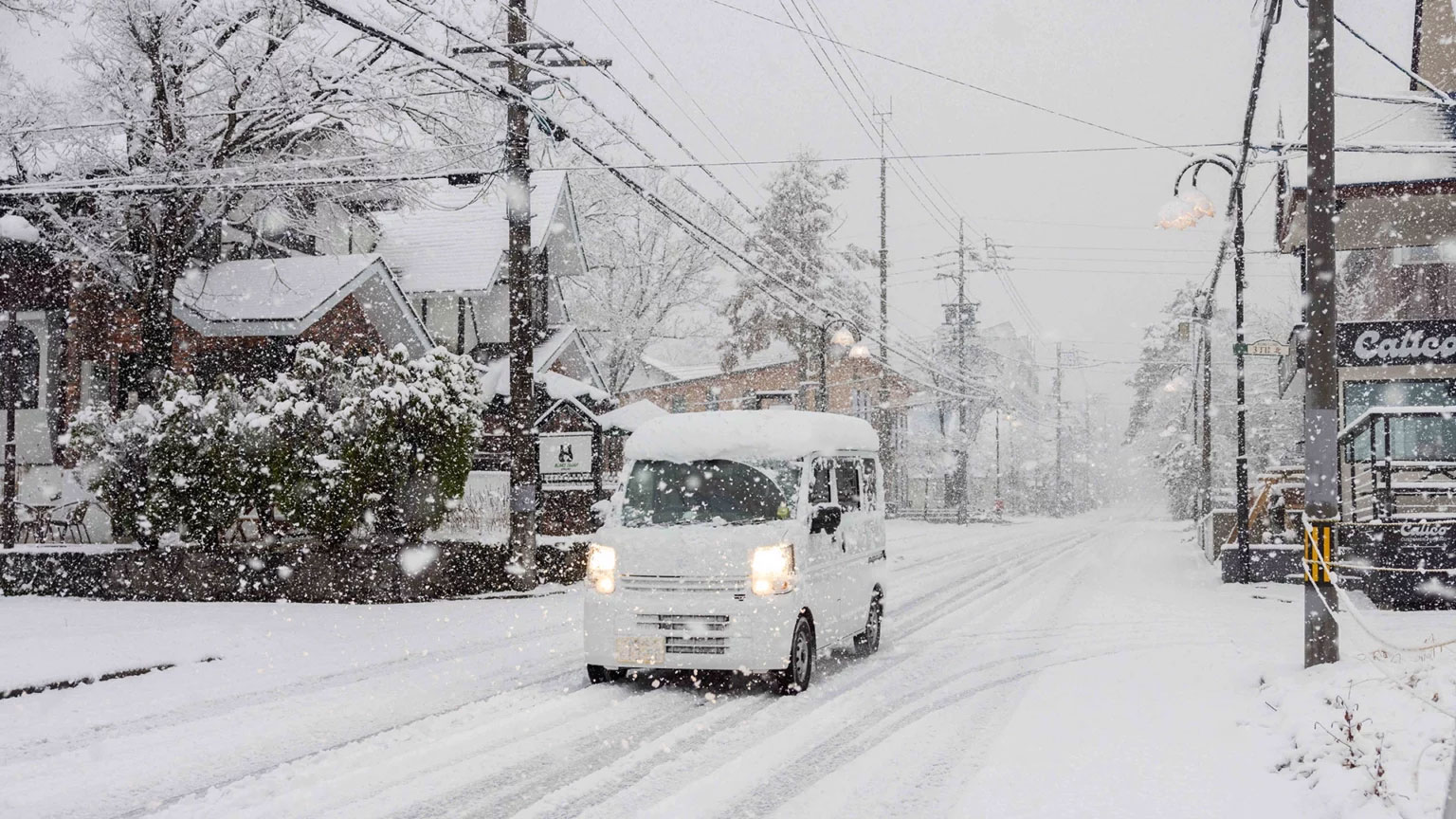Japow On a Budget: How to Get By On A Budget of ¥5,000, ¥10,000 or ¥20,000 a day
'Time is money, and I'm short on both'.
Skip Ahead:
- How To Live On A Budget of ¥5,000 A Day
- How To Live On A Budget of ¥10,000 A Day
- How To Live On A Budget of ¥20,000 A Day
Top Yennie-Saving Tips
First things first, here are some epic saving hacks that’ll give you more yen to splash on fun, off-snow activities!
All-Mountain Passes
Yeah, right, saving money by buying the most expensive lift pass out there? That doesn’t make sense...
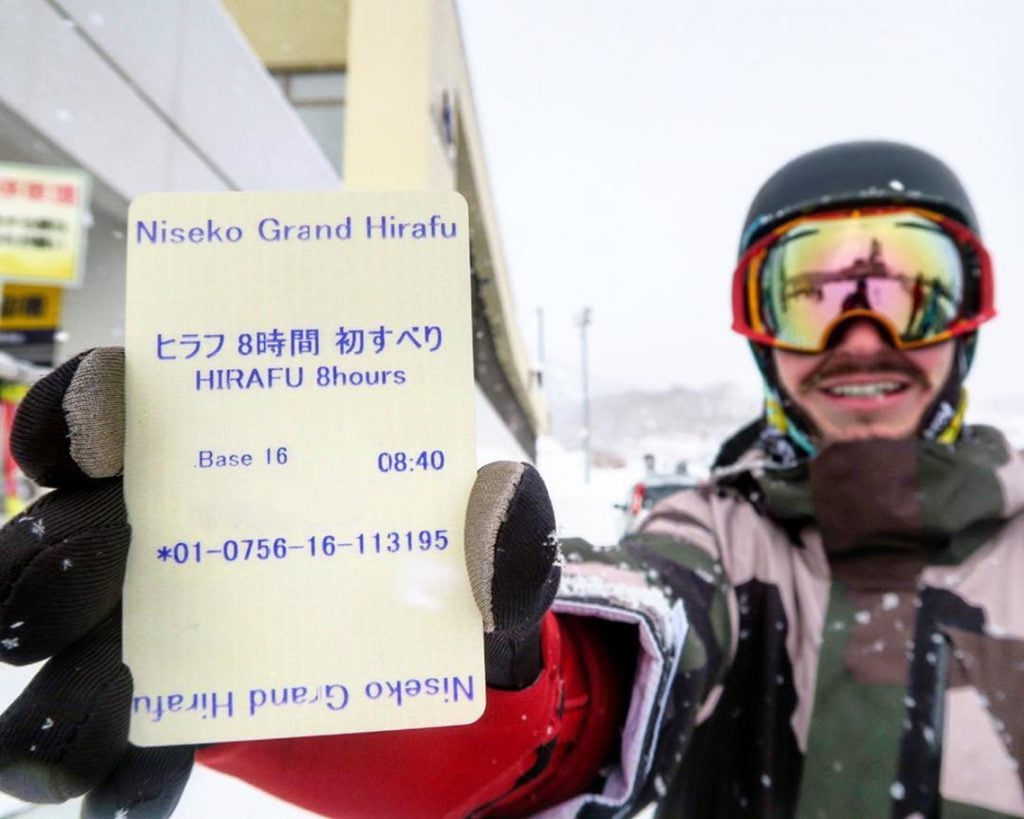
Hear us out here. Not only will an all-mountain pass give you access to much more terrain, it’ll also give you free travel on all local resort shuttles! It might not sound like a big deal, but in locations like Hakuba where there are 10 resorts on offer, or Niseko, which has 4 different resorts, free bus travel can come in pretty clutch and saves you a lot of money on taxi rides. Especially if you get to town to find that your accommodation isn’t as central as you had been expecting.
Wise and Up Cards
While there has been an increased push for card-accessible stores over recent years, cash is very much still king in Japan. But naturally, you don’t want to withdraw your whole life savings and have to carry around a wad of cash while you’re in transit.
So what’s the next best option? ATMs, which can be found at most supermarkets and every major convenience store. But, depending on your bank, constant withdrawals can lead to a lot of international withdrawal fees. So if you want to avoid these pesky withdrawal charges, we recommend having a Wise or Up card – their withdrawal fees are minimal and there is no additional cost to convert funds between currencies!
Pre-Booking
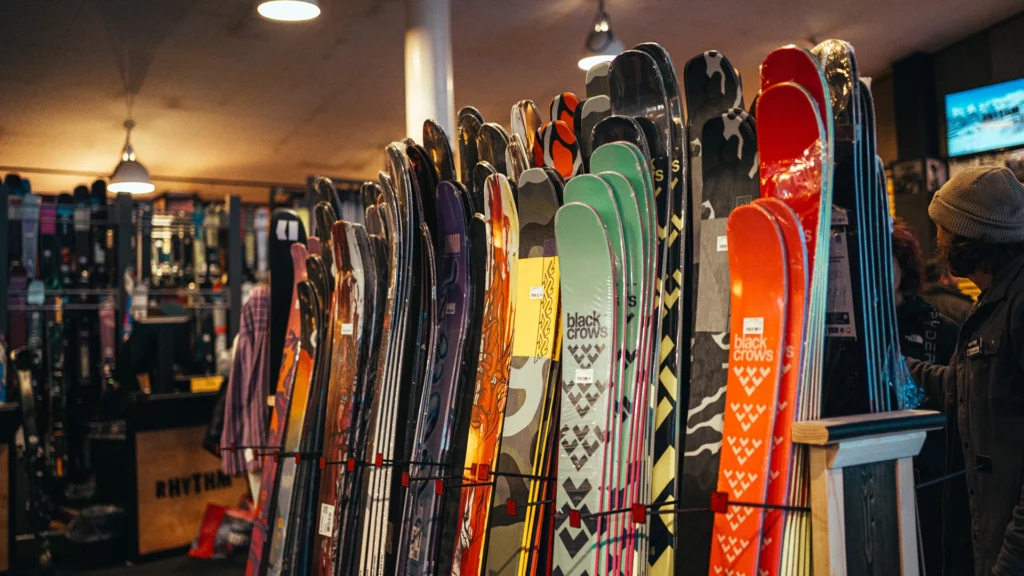
Not only does pre-booking mean that you’ve already spent on the most costly parts of your holidays and now have more in your hip-pocket now you're in town, you’ll also score things much cheaper thanks to massive early bird deals and less demand. As demand grows, a lot of accommodation prices will begin to rise – much like flights!
Pocket Onigiri and Konbini Snacks
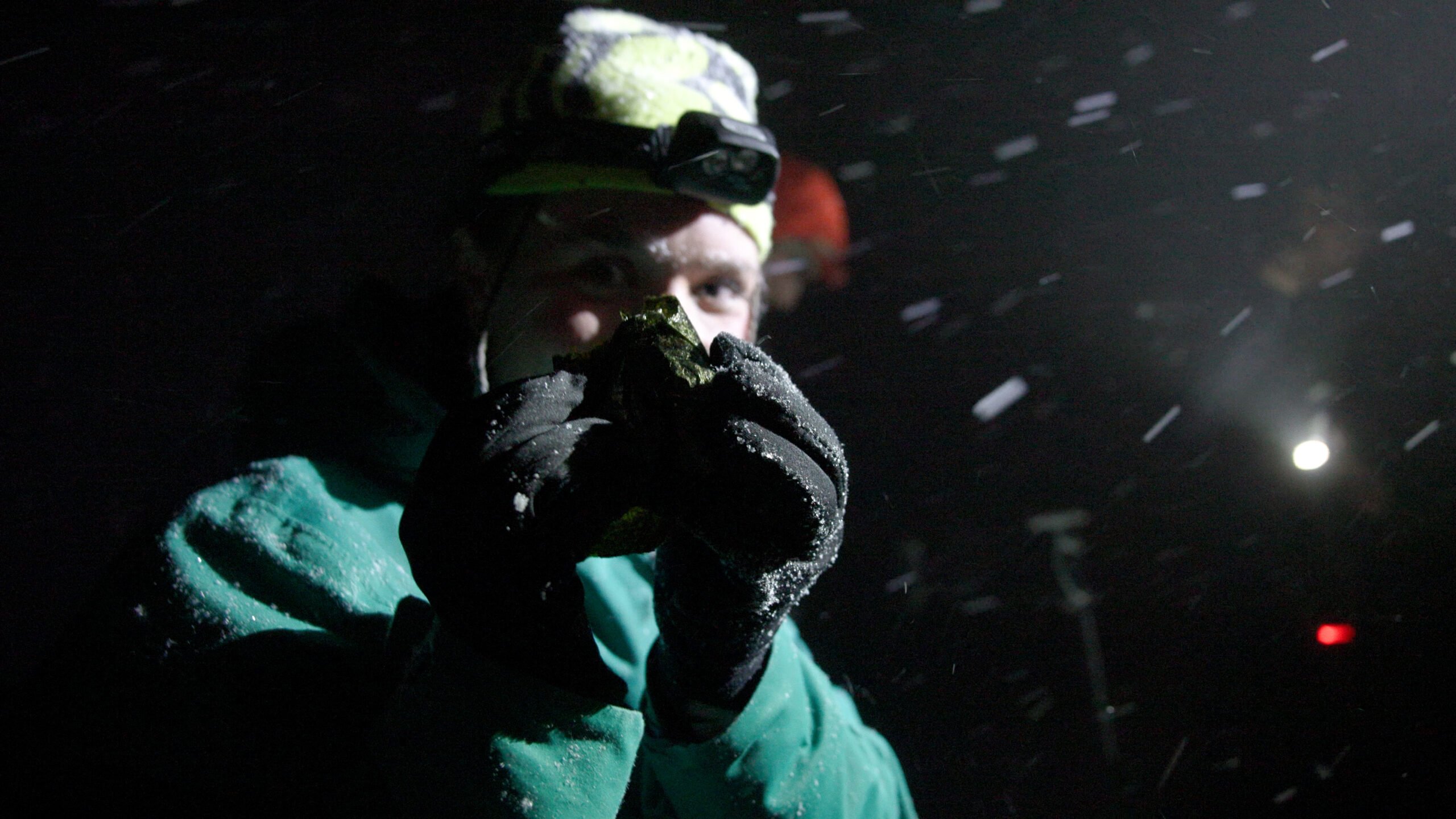
Pick up some extra snacks from the konbini and keep them on you while riding, sometimes a cheeky onigiri is all you need to tide you over until dinner time, giving you more time on the slopes and saving a few yennies on an un-needed lunch!
Shoulder Season
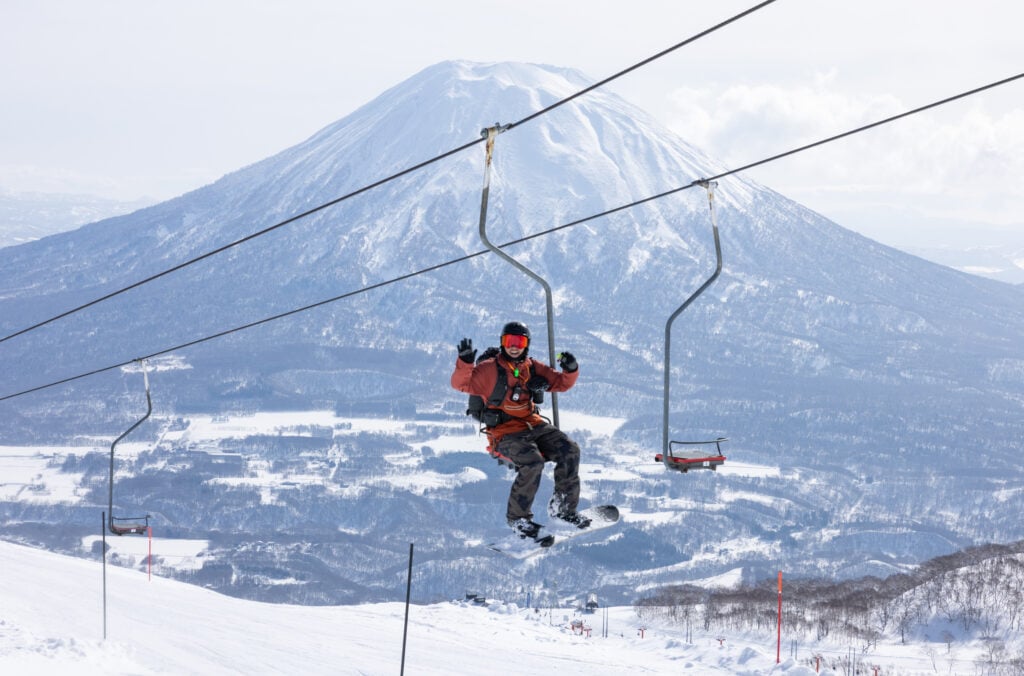
Struggling to make your budget work for peak season dates? Shoulder season is your best bet! Not only is accommodation over shoulder season months like March and April much cheaper, the weather is significantly better (with a lot of bluebird days), lift passes are discounted and it’s much easier to get access into high-in-demand budget-friendly restaurants.
Leaving Your Gear At Home
‘Sorry sir, your bag is 1kg over the weight limit, that’ll be an additional $300.’
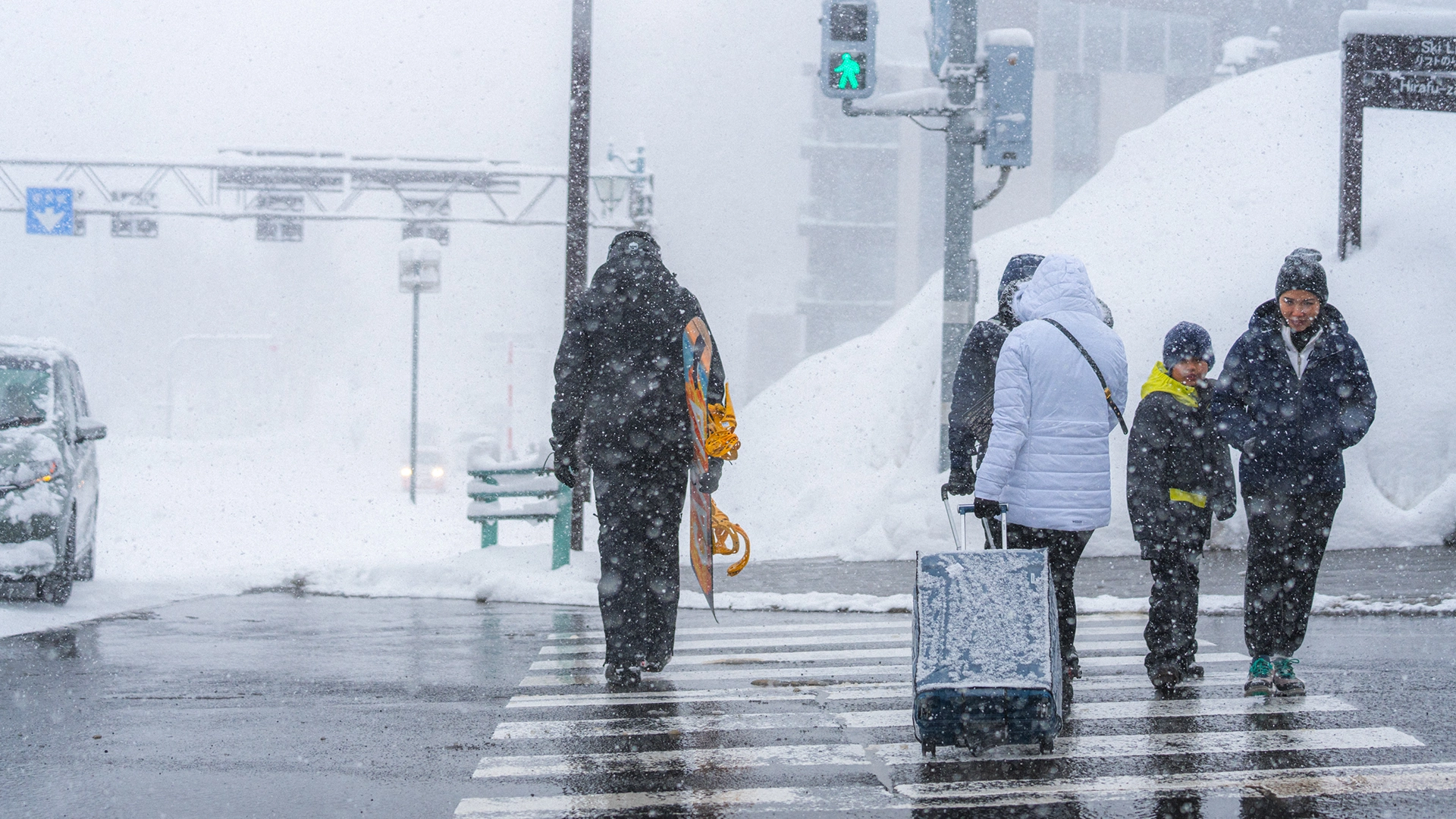
Overweight baggage fees, who’s got the time (or money) for that? Save a few bucks by travelling light and picking up ski rentals in town!
How To Live Off ¥5,000 A Day
Ok, so we’re living off skint, but that doesn’t make it impossible. There’s still a stack of ways to make a small budget stretch pretty far in Japan, especially when it comes to the cost of living, food and alcohol. So let’s get into it.
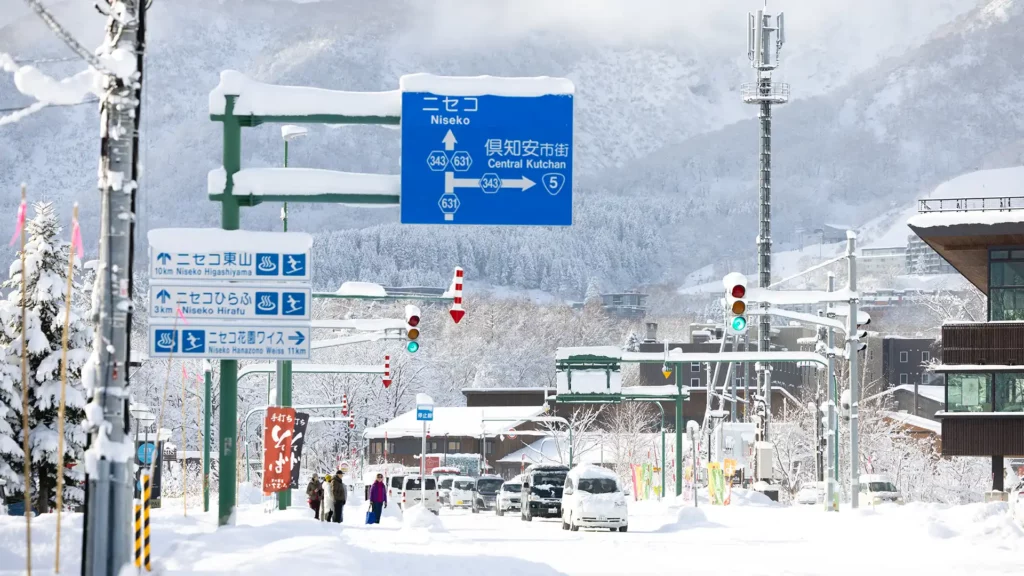
First things first, if you’re planning on spending only ¥5,000 yen a day, pre-booking is your best friend. In fact, it’s your only friend. You may be able to get by with that while road trippin’ rural Japan, but once you get to the ski resorts it won’t cut it.
So if you’re planning on livin’ cheap, get your rentals, lift passes and accom sorted before you arrive. Then, the world is your oyster.
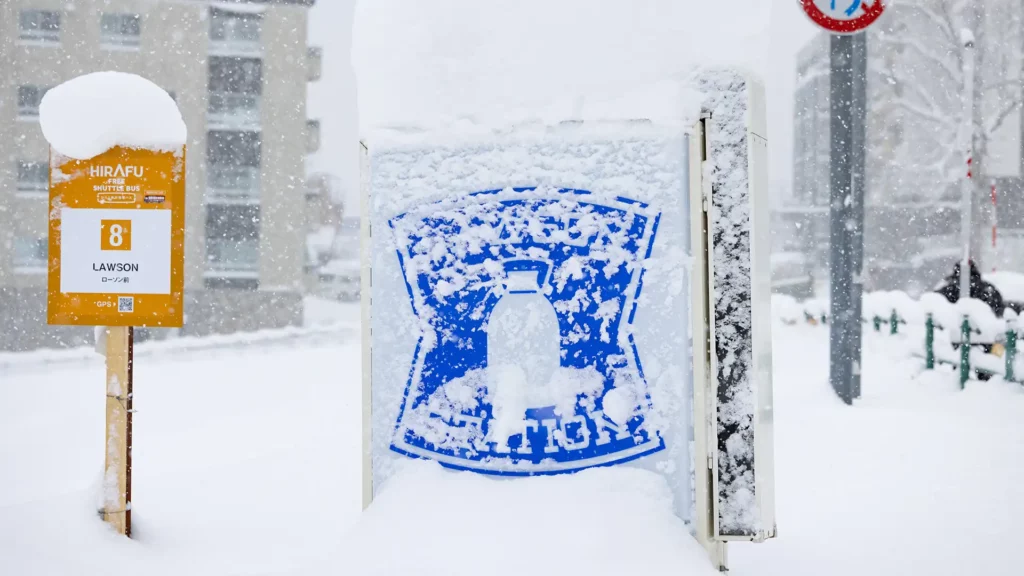
Food: Konbini’s are going to be your go-to. Always stocked with delicious, ready-made meals, you can hit all three key meals with konbini options for less than ¥2,000 a day.
Breakfast: You’re looking at roughly ¥1,000 yen – more than enough cash to pick up an egg and bologna muffin, a coffee and a cheeky onigiri to keep on you for a chairlift snack.
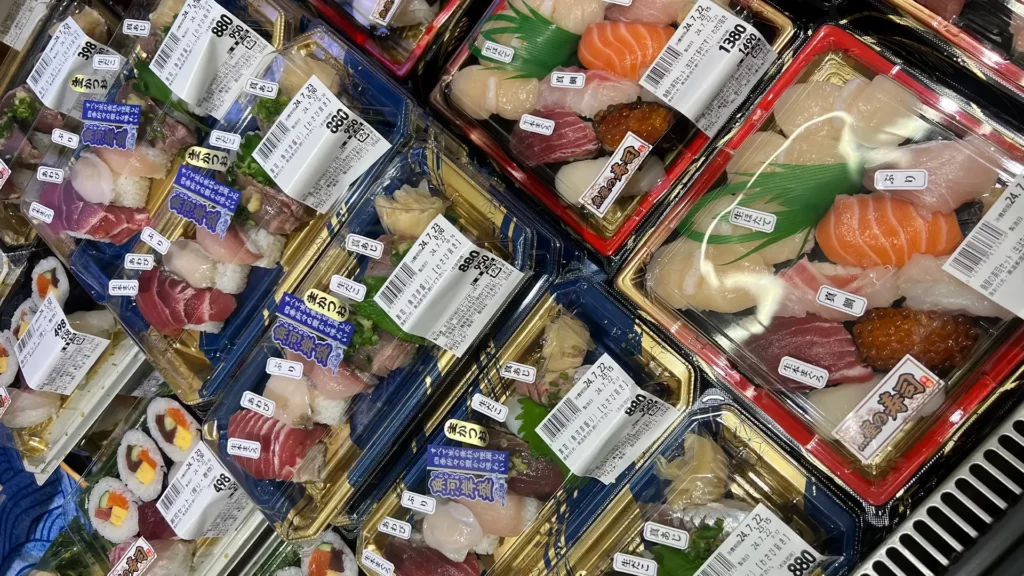
Lunch: Konbini again, pick up an epic assortment of fresh sushi for roughly about ¥500 - 800 .
Dinner: Oh yeah, you best believe we’re heading back to the konbini and picking up an awesome ready-made meal for anywhere between ¥400 - 700. Or, if you’re getting fed up with ready-made options, most ramen joints offer HUGE bowls for just over ¥1,000.
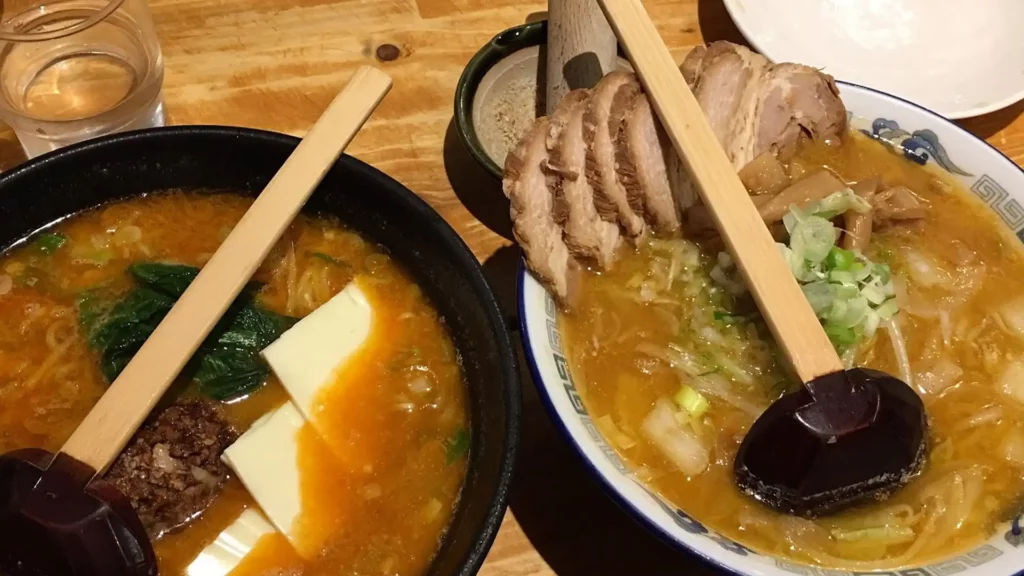
Alternatively for those who are rocking a kitchen at their accom, the cheapest ingredients you’ll find will surprisingly be at the drug stores – a much more cost-effective option than supermarkets.
Après and Off-Snow Activities: Look, with ¥5,000 yen for both food and activities, you’re probably not spending much time at the bar. Instead, pick up a cheap six pack or small bottle of Japanese whiskey for ¥1,000 and spend the night making memories with your best buds at your accom!

If you do want to hit the town while you’re on a budget, karaoke and onsen are two epic cost-effective activities. On average, karaoke will set you back ¥1 - 2,000 yen an hour for a private room, with additional cost if you want all-you-can-drink. Onsen hotsprings on the other hand, anywhere between ¥500-1,500 depending on the onsen.
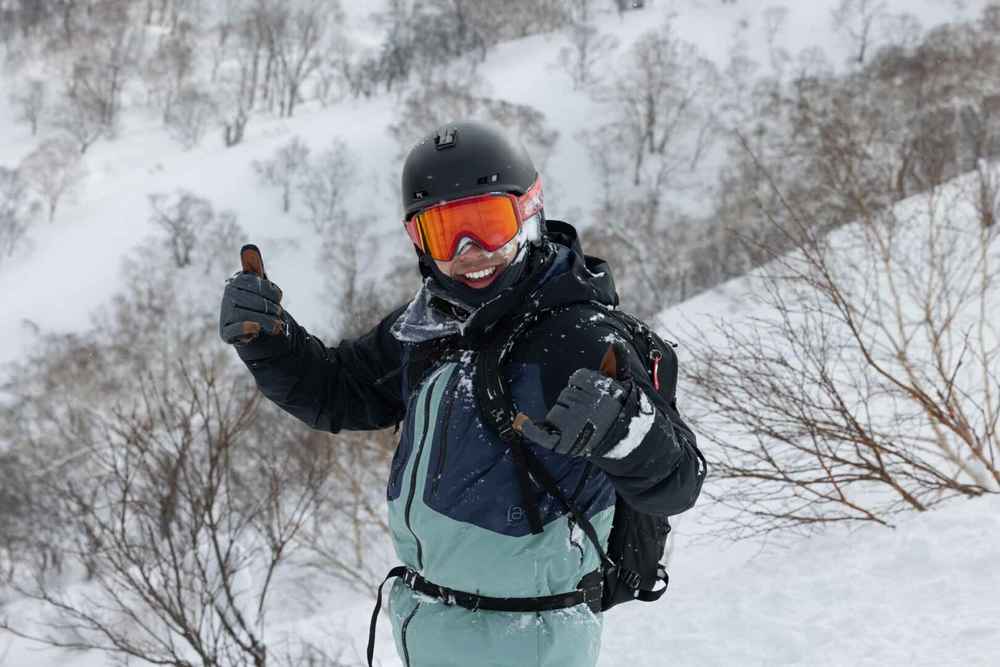
Conclusion: We won’t beat around the bush here. ¥5,000 yen is doable, but it’s not ideal and you will be much more restricted in what you can do. But, as the iconic Melbourne punk band, Eddy Current Suppression Ring famously said, “it’s a living, living off insufficient funds – but we’re having fun.” And really, that’s what travel is all about.
How To Live Off ¥10,000 A Day
OK, we’re rocking some wealth now – time to hit the town and splash some cash! You still won’t be flush with cash, but you’ve got more than enough to do everything you want. 
If you’re planning on spending only ¥10,000 per day, we’d still recommend pre-booking all your gear and accommodation in advance, but you'll now have the finances to actually eat out and enjoy your time off the slopes.
Breakfast: As most cafes in Japan tend to open around 10am (a foreign concept for all the caffeine-driven Aussies out there), we’re going to pick up breakfast for one of our Rhythm and Beans cafes, an especially easy option if you’re picking up your rentals that day! So for breakfast, we’re going to be scoring a famous Beans ham and cheese toastie (¥1,300) and small latte (¥550). 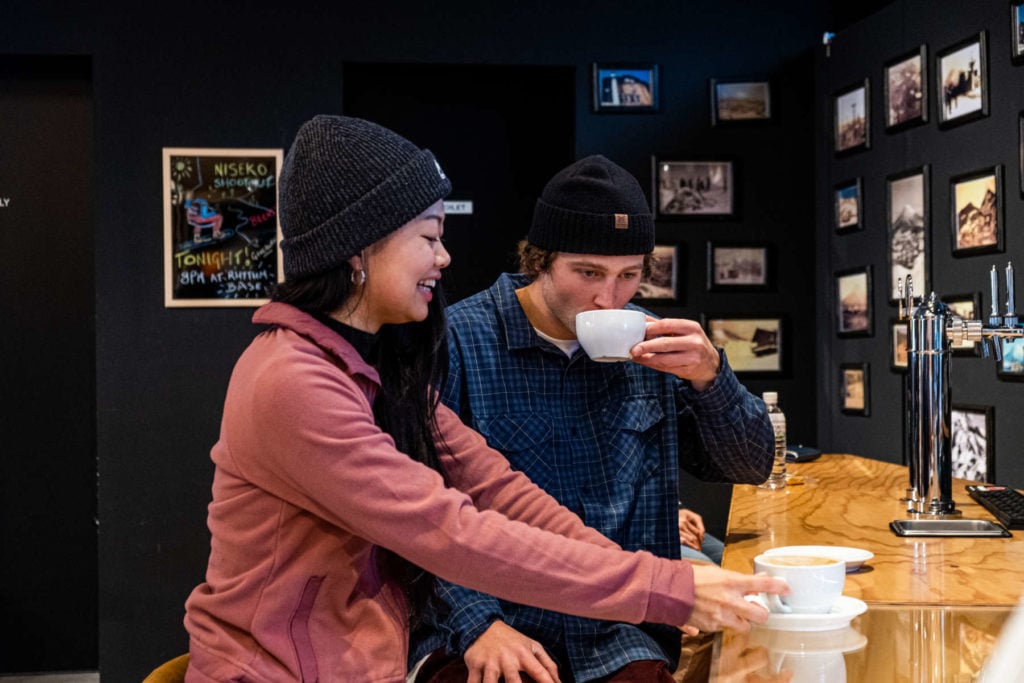
Lunch: After that, we’re heading over to Hanazono for the day, lapping Strawberry Fields and park laps before stopping into the on-mountain cafeteria for lunch. Burgers, curry, hotdogs, fish, ramen–really it doesn’t matter what you’re feeling, the Hano cafe stocks it all, with most dishes sitting at ¥1,200 per meal.
Après and Off Snow Activities: Then, we’re going to hit a few more laps before stopping in for an onsen (¥500 -1,500), getting some rest and rejuvenation before hitting up a bar for some après. Having spent half our daily budget already, we’re just going to grab two cheeky beers (¥700 each), leaving you with ¥3 - 4,000 yen for dinner. Which, unless you’re swinging into a boujee, fine dining establishment, is more than enough to get any dish. 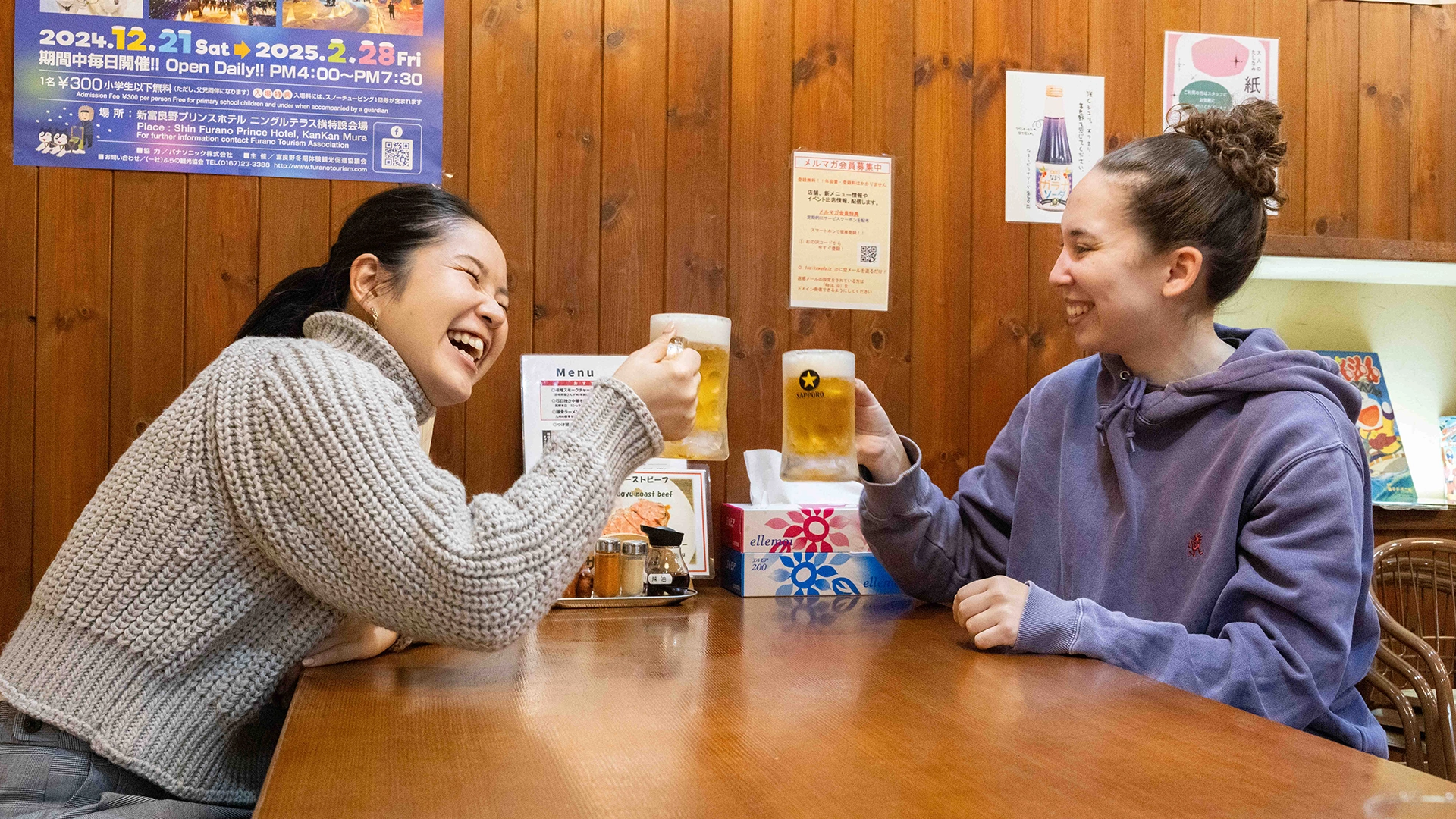
Dinner: If you’re with a group who would rather do share dining, we’d recommend an izakaya. Japan’s BBQ equivalent serving up small ‘tasting’ dishes, having a group share meal at an izakaya will allow you to eat BULK food while spending minimal amounts of money. On average, most dishes at izakaya range between ¥150 - 400, leaving you ample budget to get a stack of different dishes.
Conclusion: You'll still be counting your yennies, but on ¥10,000 a day, its more than a doable budget.
How To Live off ¥20,000 A Day
Well, well, well, look at you – little moneybags. We’ve got a saver on our hands, and now it’s time to live large for your stay.
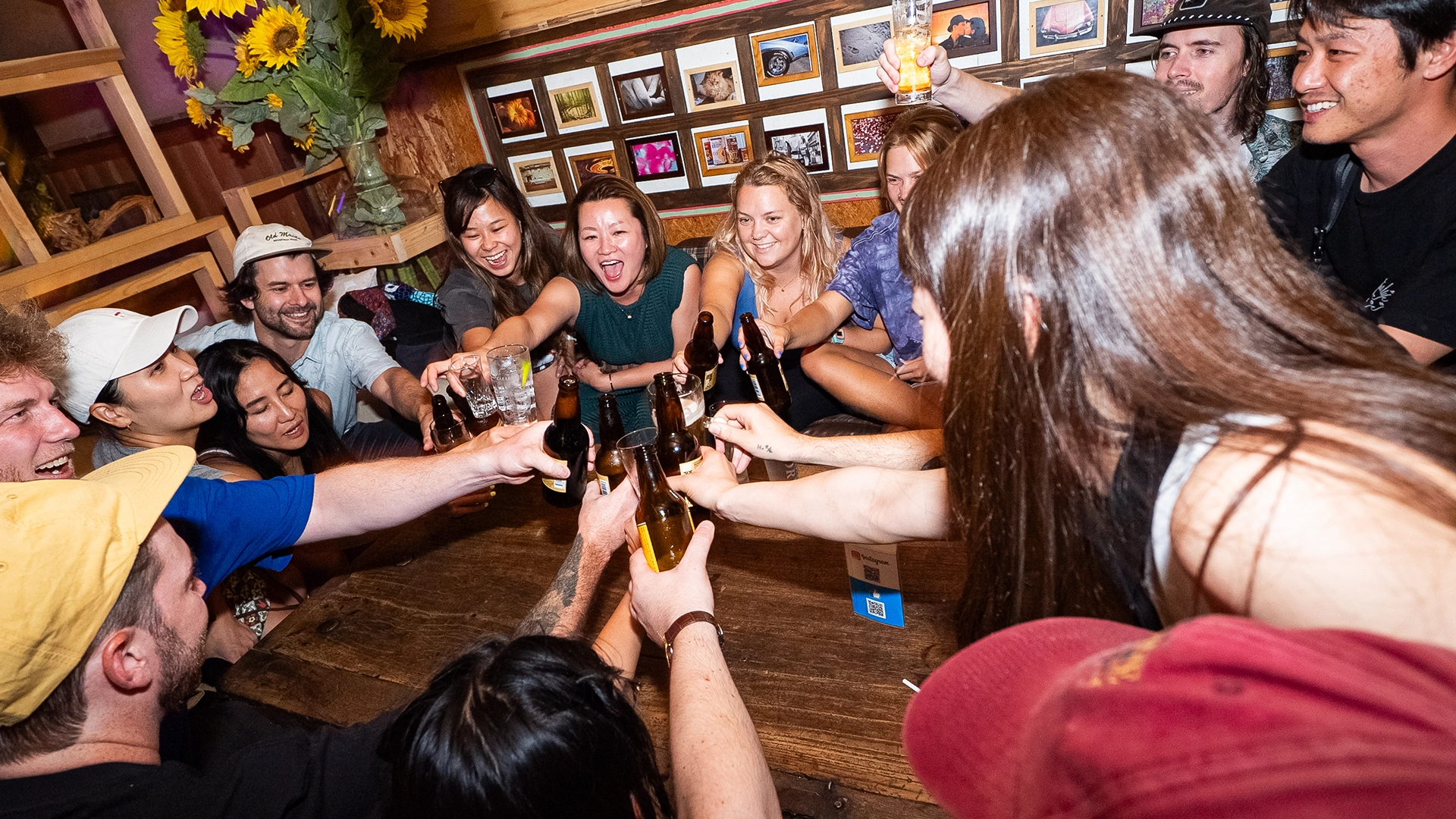
Realistically, ¥20,000 is more than enough to eat or drink anywhere you want in-resort, but we aren’t just going to give a guide on the best way to eat your way through a couple hundred bucks, so we’re going to keep the food budget roughly the same as above, spending around ¥10,000, but, after a few days shredding Niseko United, we're going to do something a bit different.
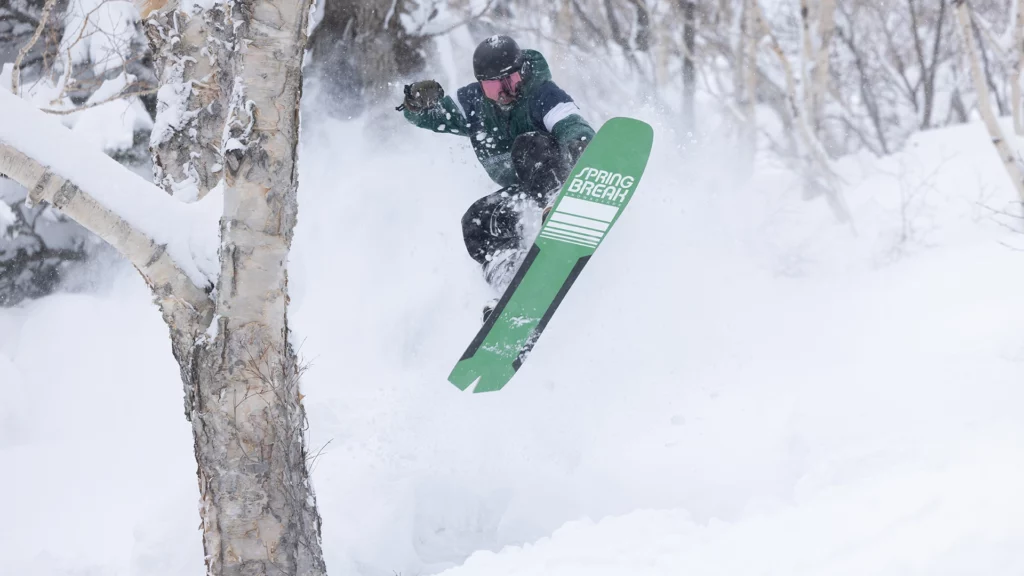
So this time around, seeing as we have cash to splash, we’re going to chip in with our pals and grab a rental car for the day –roughly ¥10,000 for the day– equaling out to about ¥2,000 yen each. Then, we’re going to load in and venture 40 minutes from Niseko to shred pow in Kiroro, where you’ll be able to pick up a day pass for ¥7,400!
Conclusion: You're not just livin' large. You're livin' large in Japan, and what's better than that?
Got enough room in your budget for your ski rentals? Pre-book now so they are ready for you when you arrive in town!

